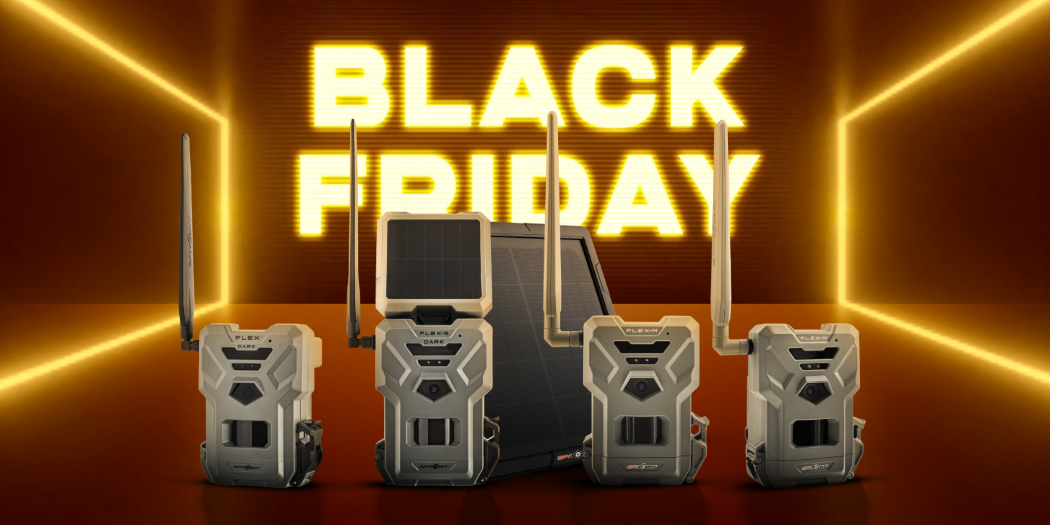
You did it. You finally drew your tag out west. Now what?
It doesn’t matter if it’s elk, mule deer, or something else, hunting out west is the dream for many hunters in the US. Outfitters and guides are great, but many places and tags are DIY, especially the affordable ones. For those of you hunting on your own in the west, how do you get up to speed with the area you are hunting, and get an idea of what you are dealing with, when you are a day or more of driving from where you will be hunting?
Make a Trip Before Season
There’s no substitute for boots-on-the-ground scouting. If there is any way for you to take a long weekend, run out, and spend a day getting a lay of the land, you really should do so. Even if it’s just one day to get an idea of what kind of territory you’re going to be dealing with, it can help you make a much better plan for the fall.
If you’re able to do some glassing, all the better. Anything you can do to help you get up to speed with what animals are in the area you are hunting, and how they are using the land, put the odds in your favor.
Leave a Camera Behind
If you’re making the trip anyway, and the area you are hunting allows it, consider leaving a camera behind to continue the scouting while you are away. If you are going to leave a camera to help you scout out west though, you might want to hang it a little differently than you would back home.
Trails and Water
Both are still good options, but animals may be a little more spread out. Especially on trails, try to position the camera so you can see a large area behind your target area to capture any other animals in the area that might not be close enough to trigger a detection.
Same with water. Don’t focus on a really small area, make sure you’re getting some background. You can’t just run out there and move it to get a different angle, so you want to make sure your images are capturing as much information every time they are triggered as possible.
Time-Lapse
Consider snapping pictures of larger, open areas on a time lapse to see how animals are using the area you plan to hunt. It isn’t practical to focus on one specific buck or bull when you are limited on how much you can scout, and your window to hunt. Focus on learning the larger pattern, and where to find animals in general. Once you know where and when to be, then you can start drilling down on individual animals to hunt.
Ideally, you’re able to use a cellular camera, so you can be forming a plan and evaluating the information as it comes in. This way, you can hit the ground and start hunting right away, instead of having to spend a day or two just getting familiar with the area, and going over what the non-cellular cameras in the area have captured while you were away.
Hunting is never a sure thing. Hunting an area you aren’t familiar with, for the first time, makes it even more difficult. But, if you are able to take a few days, get a little bit familiar with the area, and maybe let some cameras help you shorten the learning curve, you just might be able to have some success with your western tag this year.



